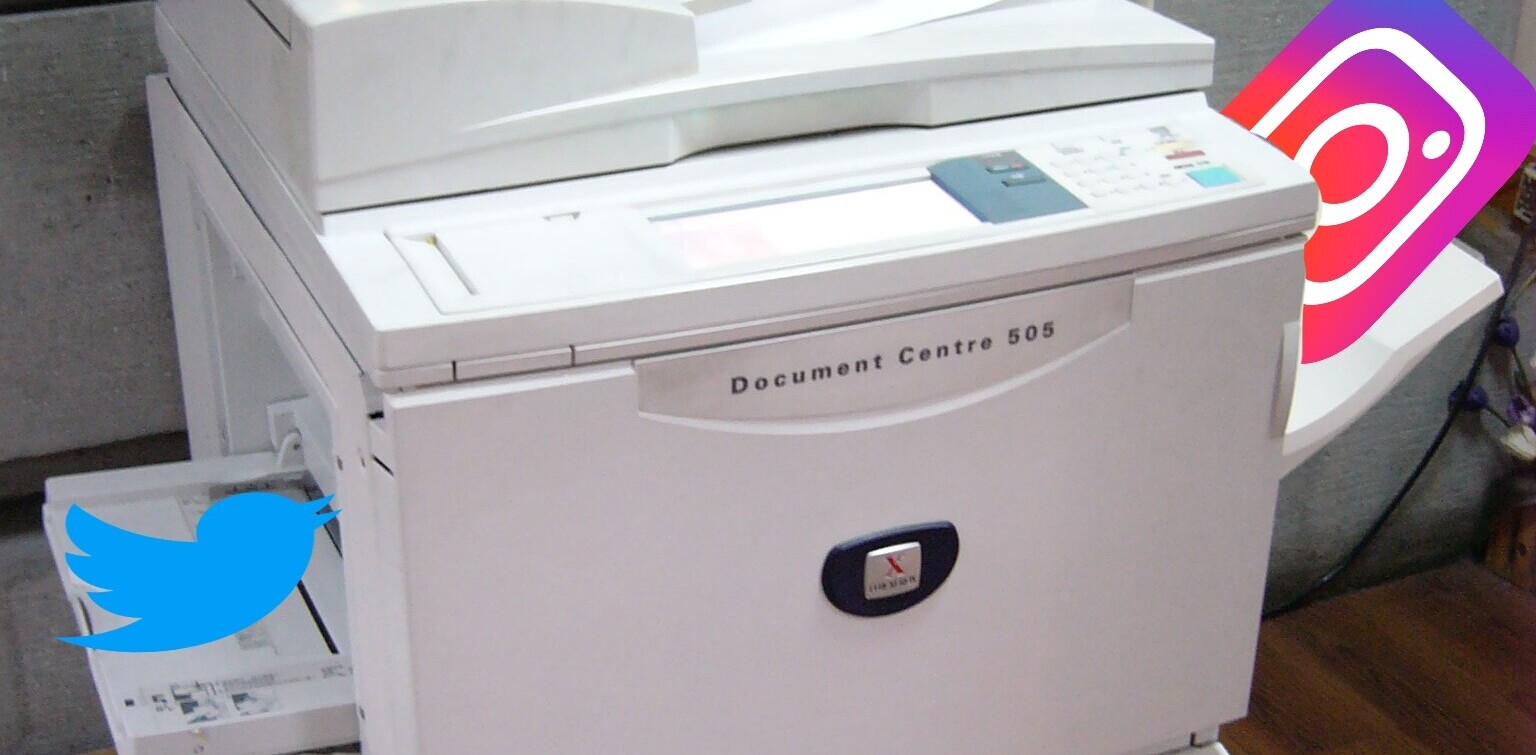
How to make a Vine like a pro
Making short videos with Vine and Instagram is easy. Just tap and hold to record. Release your finger, then tap and hold again for the next shot. It couldn’t be simpler really.
Creating unique, interesting videos with either of these apps is hard though. The six and fifteen second time limit assigned to each app is restrictive, but in a way that all creative types apparently thrive on. For the average Joe though, it’s all too easy to feel overwhelmed.
There’s no magic formula to shooting award-winning Vine and Instagram videos, but there are some simple tips and tricks to quickly elevate the quality of your work. Use these as a guide, and you can’t go far wrong.
Find some inspiration
A novel or interesting idea is paramount for any good Vine or Instagram video. It can be reactive –something that you stumble across in the street – or dreamed up yourself and set up in a controlled environment. It really doesn’t matter; what’s important is that you have a strong original concept.
All major motion pictures are planned with storyboards. It helps the artist visualize each shot and the pacing of the movie. Now, hiring professional concept artists for a Vine or Instagram video is a little much, but a little forward thinking never goes amiss. Scribble each shot down onto a piece of paper, or just picture them in your mind. How many shots will you need? What do they need to show?
Grab a tripod
Steady, balanced shots can make a huge difference for any video captured through Vine or Instagram. It’s true that the raw, handycam aesthetic sometimes works best for a spur of the moment shot – but if you’re ever unsure or yearning for that professional, premium aesthetic, grabbing a good old-fashioned tripod is your best option.
These stands come in all shapes and sizes, so pick one best suited to your needs. Professional tripods offer better stabilizers, bubble levels and all sorts of other nifty features, but portable alternatives such as the GorillaPod are also worth considering. You’ll then need to mount your smartphone to the tripod – something sturdy such as the SlingShot.
Frame your shot
Good framing applies to any form of photography and videography; it essentially boils down to a consideration of the arrangement in every shot. Consider where you’re taking the shot from, such as the position and angle, as well as where the subject sits within the frame. Vine and Instagram are unique in that they only offer users a square crop, so that’s worth considering with every shot.
Vine offers an on-screen grid to help you out with the rule of thirds. It’s essentially a 3×3 grid, with the theory being that users should try to place the subject on one of these lines, or one of the four points where they intersect. It’s not a definitive rule, but one worth applying if you’re ever in a pinch.
Consider your lighting
A well-lit scene can make a world of difference. Part of this will come down to the device that you own – different handsets work better in low-light conditions – but a good lighting setup is worth considering for videos that you want to shoot in a controlled environment.
Inside, this can be as simple as opening all of the blinds in your house; moving desk lamps, floor lamps and table lamps can also alter the shot dramatically. Neither Vine or Instagram offer white balance controls, so sorting this out before you record is vital.
Record crystal clear audio
A continuation of the lighting tip. Although Vine and Instagram videos can be played without sound, audio can be pivotal to the story or mood that you’re trying to create. The microphones in a smartphone are usually serviceable – but not great – so it’s important to avoid any unwanted background noise.
That means windy streets, busy roads and crowded public places such as your local bar are not suitable for recording Vine and Instagram videos. A spur of the moment shot might negate this (look, a bartender that can juggle flaming shots!) but for planned productions, you’re better off looking elsewhere.
Grab some lenses
Vine and Instagram rely on the camera housed in your smartphone or tablet. There’s no real shooting modes or effects to speak of, outside of Instagram’s well-known analog-inspired filters. To differentiate, it’s worth considering some external lenses.
A bunch of them are available for different handsets; just fire off a quick Google search for your specific model. On the iPhone side though, I recommend the Olloclip. It’s a highly portable, three-in-one solution with a fisheye, wide-angle and macro lens. Perfect for mixing up those shots without any laborious post-production editing.
Know your limits
Vine limits you to just six seconds. No more. Instagram goes considerably further with fifteen seconds, but the underlying message is still the same. These are short, bite-sized videos that viewers should be able to watch and then move on without falling asleep. It falls back to the storyboarding idea we covered earlier.
With such a short amount of time, planning the duration of each shot is crucial. Instagram gives users the ability to delete their most recent footage, but Vine doesn’t. It’s therefore important to know how long each shot needs to be – both so viewers know what’s happening, but also so you don’t run out of time.
Time your shots to perfection
With such short shots, good timing is therefore critical. If you’re trying something elaborate, it’s a good idea to practice it beforehand. A subject might arrive too late, or you’re panning happens to be a little too slow. A number of factors can force you to extend your shot, but staying disciplined is key here.
In the same breath, it takes a little bit of skill to nail the duration of each shot. There are no on-screen timers in Vine and Instagram, so it mostly comes down to practice, intuition and a little bit of luck. Remember that with Instagram, you can always delete the last shot and try again.
To loop, or not to loop
Vine videos repeat by default, so practicing the perfect loop is a worthwhile endeavor. It’s not easy, and not always possible – especially if you want to tell a layered story – but for quick, simple ideas it can keep viewers engaged and appreciative of what you’ve accomplished.
Nailing the loop is easiest with a tripod. Just remember what the first shot looked like, and then replicate it at the very end. Empty sets, such as a table or room, make this even simpler but it’s worth experimenting with more complex techniques. Oh, and Instagram videos don’t loop automatically, but it’s your call if you want to do it anyway.
Write a witty caption
A funny, intriguing or charming title will encourage viewers to stop and check out your work. You might not want to give everything away – especially if there’s a surprise or twist at the end of your clip – but it needs to detail just enough to keep other users hooked.
If you plan on sharing the video through Facebook, Twitter, or any other social network, it’s also worth considering how it will look in their stream. What’s going to make them stop in their tracks?
Cheat
Oh, one final note. It’s now possible to import videos into Instagram. So if you feel like cheating, just shoot your clip with a professional camera and then upload it to your smartphone. Here at TNW, we think that’s kind of missing the point of Instagram – but hey, at least the option is there.
Image Credit: Josh Edelson/AFP/Getty Images
Get the TNW newsletter
Get the most important tech news in your inbox each week.




